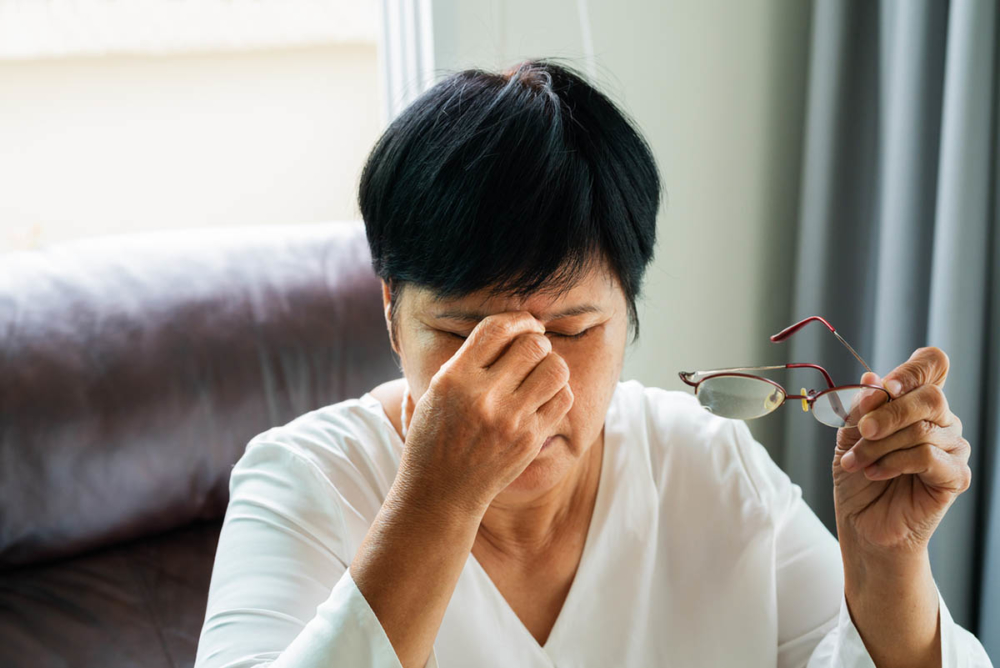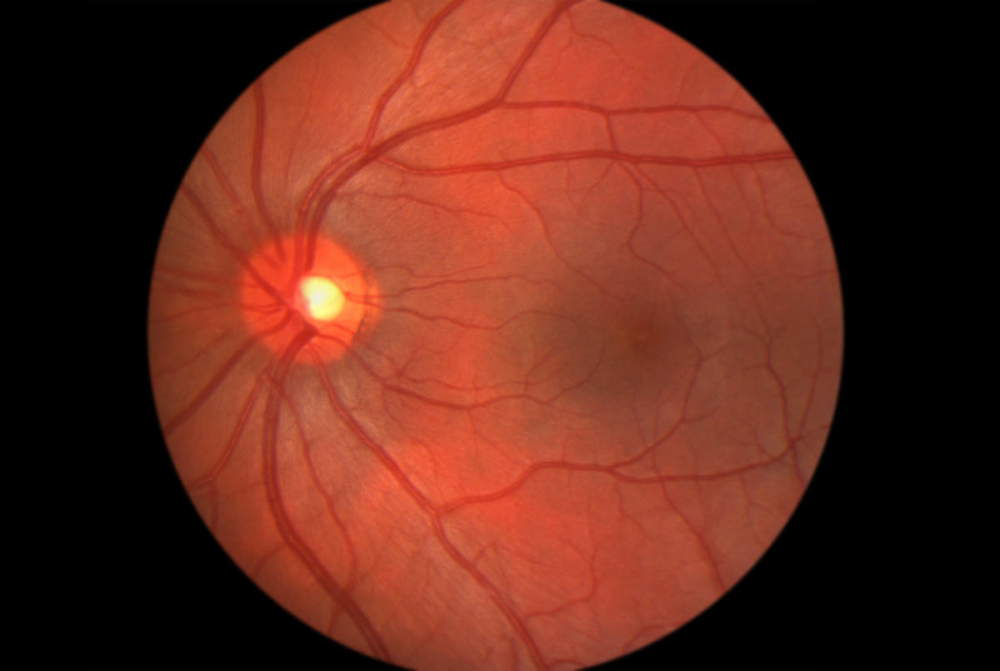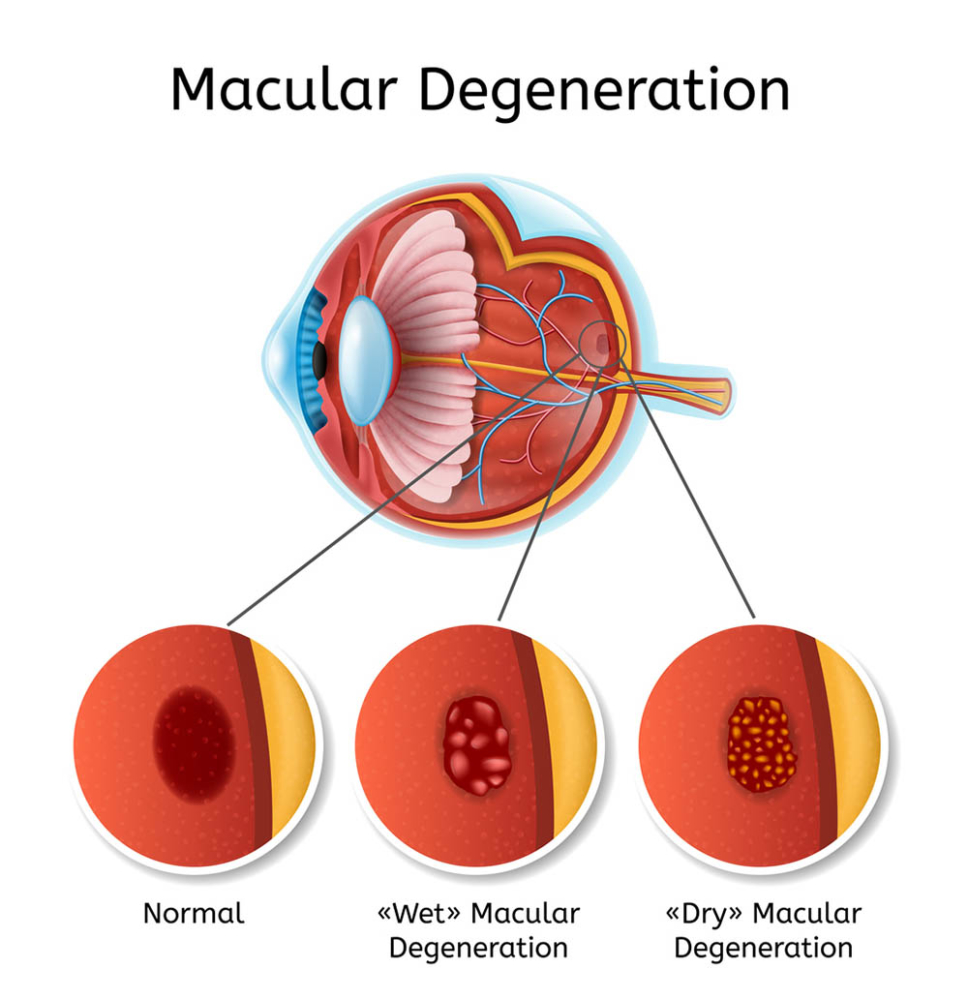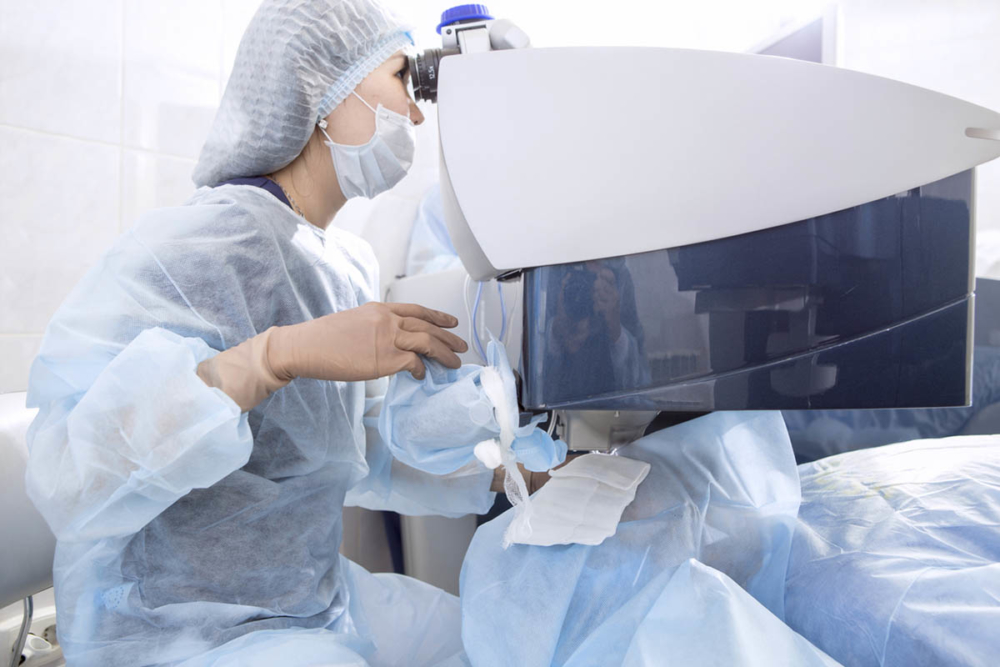As much as all parts of our body serve a purpose and as equally important, losing our eyes’ ability to see puts our lives at high risk of danger and leaves our connection to the world at peril. There are various diseases and conditions that may affect the eyes. Some are treatable, most are preventable, and then there are the rare ones that only progresses through time, eventually leading to vision loss.
As Dr Claudine Pang from AsiaRetina explains, age-related macular degeneration is an example of an eye condition that has no cure at this point in time. It takes the top spot of being the main cause of vision loss all over the world. This eye problem is prevalent among adults that are well-advanced in years. In some cases, younger individuals might also be affected by age-related macular degeneration. To know more about this disease and how it may affect you or your loved ones, read this full post.
How does age-related macular degeneration affect the eye?
Age-related Macular Degeneration is a disease that affects the central vision of the retina, otherwise known as the macula. The retina is a nerve tissue located at the back of your eye that serves a light-sensing function for the eye. The macula is a tiny oval-shaped area close to the centre of the retina. It measures about 5.5 mm and is responsible for enabling the eye to focus and see images in very detailed composition, the right colours, and 20/20 vision under the light. When age-related macular degeneration starts to develop and reaches a severe state, individuals affected by this condition will see changes in their vision. AMD can result in vision loss when left untreated.
What are the causes and risks relating to age-related macular degeneration?
People who have reached the age of 50 are at high risk of contracting this disease. Age-related macular degeneration can affect anyone; however studies show that certain individuals are at greater risk of developing this eye condition especially if they lack the following:
- Eating a healthy diet of fruits and dark leafy vegetables
- Regular exercise
- Proper eye protection from direct sunlight
Likewise, people who smoke, have undergone cataract surgery, are diagnosed with diabetes, and those with genetic conditions are at risk of getting the disease. One sample of a genetic condition is Stargardt’s disease. This condition is another form of macular degeneration that affects children that are 7 to 12 years old with a family history of AMD.
What are the signs of age-related macular degeneration?
Age-related macular degeneration has some signs that may or may not be present during its earlier stages. These are:
- Blurred or dark spots affecting the central vision of the eyes
- Distortion of straight lines or the actual image seen
- Dimming or darkening of vision
- Fading of colours
The emergence of these symptoms may be an indication that an individual’s age-related macular degeneration has already reached a severe stage.
What are the types of age-related macular degeneration?
There are two types of age-related macular degeneration: wet and dry:
- Wet AMD develops when abnormal blood vessels grow beneath the macula. Because of their abnormality, these blood vessels rupture and leak blood and fluid into the retina. When this happens, some of the cells in the retina die, resulting in dark spots that affect the vision. Wet AMD is critical and can cause sudden vision loss.
- Dry AMD develops when yellow deposits composed of fats and proteins called drusen pile under the retina. Dry AMD usually does not show any signs and may only affect one eye. Compared to wet AMD, this condition is progresses slower and may be delay vision by undertaking certain preventative measures.
What is the treatment for age-related macular degeneration?
Despite advances in medicine and medical technology, there is no known cure for age-related macular degeneration.
Dry AMD that is in its earlier stage has no treatment. The best resolution to this condition is to keep it under strict monitoring by your eye doctor. Regular eye tests should be done to track the progress of your AMD. Your doctor may also recommend choosing a healthier diet, doing regular exercise, and giving up smoking (for smokers) in order to delay the advancement of your AMD.
Wet AMD has some treatments that may help in delaying the progression of your vision loss. These are laser treatments, medication injections using anti-angiogenesis drugs and steroids, and photodynamic therapy.
Note that treatments are not able to restore vision loss, although some may help improve it.
Laser treatment for Wet AMD
This procedure uses a laser device in order to break up the abnormal blood vessels that have found their way inside the retina. The energy-charged light beam from the laser is focused onto these blood vessels to destroy them. This type of treatment is risky as the laser beam may bring damage to the other normal tissues that are around the target area. When this happens, the eye’s vision may be affected.
Medication injections for Wet AMD
Anti-angiogenesis drugs and steroids are the medications used to treat wet AMD. These are administered into the eyes with the use of an injection. It can be injected inside or in the area surrounding the eye to prevent new abnormal blood vessels from growing. These medications also carry anti-inflammatory properties and help keep any swelling inside the retina in control.
Photodynamic Therapy
The photodynamic treatment is done with the use of a drug called verteporfin and light. During the treatment, your doctor will inject the medication into your arm. The drug then travels through the body via the blood vessels. In time, it will reach the growth of abnormal blood vessels beneath the macula. When this happens, your doctor will focus a light into your eyes for 90 seconds. The light that is shone into your eye will then trigger the verteporfin to destroy the abnormal blood vessels. Patients who choose to take this treatment are highly advised to stay indoors, avoid bright light, and direct sunlight from touching the skin or the eyes for at least 2 days following the treatment.
Coping with Age-related Macular Degeneration
Because AMD is irreversible and has no cure, the only way people can cope with the disease is to make certain adjustments in their lifestyle. It is always important to keep the body in a healthy shape. Regular activities may still be done, however, precautions must be applied. Ensure that there is adequate light in the area when going about your daily routines. Avoid driving at night. Take medications or supplements that may help delay AMD from advancing. Most importantly, take good care of your eyes and enjoy your vision as long as it lasts.










